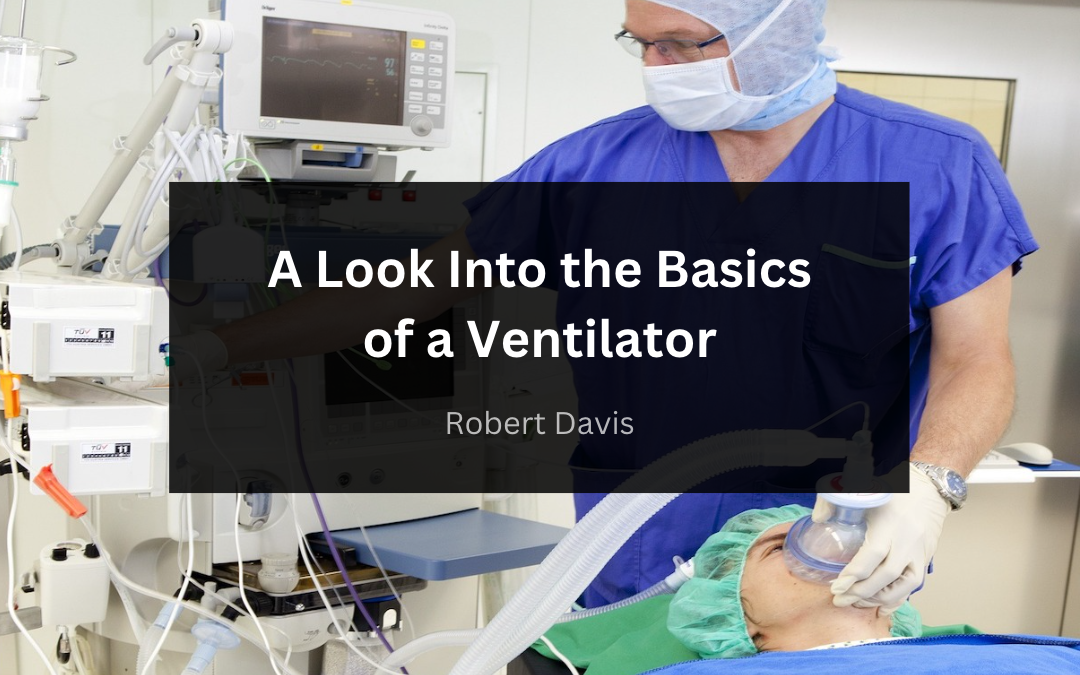Respiratory therapists have to learn how to use a ventilator, a complex piece of equipment that can be adjusted depending on a patient’s needs. During their training, respiratory therapists must learn about respiratory management and the various ventilator settings. The most important settings one needs to understand are the rate, PEEP, and FiO2. Below are the most detailed explanations surrounding the different parts of the ventilator.
FiO2
The fraction of inspired oxygen, also known as FiO2, is the amount of oxygen that is given to a patient. Keep in mind that atmospheric oxygen ranges from 21% to 24%. The goal of FiO2 is to maintain a healthy level of oxygen in the blood. Unfortunately, high oxygen levels can lead to various health conditions, such as retinopathy and central nervous system dysfunction.
PEEP
Positive end-expiratory pressure (PEEP) is the pressure the alveoli exert at the end of expiration. It can be caused by air trapping in patients with conditions such as COPD and asthma.
The higher the pressure, the alveoli will stay open longer, increasing the surface area used for gas exchange.
Volume-controlled modes
One of the most common types of volume-controlled modes is assisted control ventilation (ACV). This mode allows the patient to receive a certain amount of volume during each breath. The patient then triggers the ventilator to deliver the appropriate volume.
The ideal body weight for volume calculation is 8 ml/kg IBW. However, even though the patient is breathing, a backup rate will be set to ensure that the ventilator delivers a breath if the patient fails to meet the minimum rate.
Pressure-controlled modes
These types of control modes are safer than volume-controlled alternatives. One of the main advantages of these is that they do not have the risk of barotrauma. For instance, in pressure support ventilation, the patient starts each breath. This method helps overcome the difficulties of breathing using an ET tube.
High-frequency ventilator modes
The two types of high-frequency modes that you’ll most likely see are percussion and oscillatory. These are usually used in adult patients with ventilator-induced lung injuries or ARDS. To tolerate these modes, patients usually have to be placed under deep sedation.
